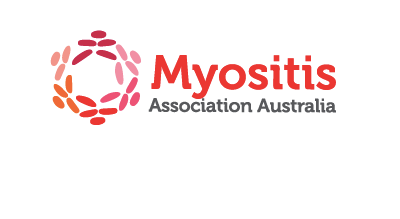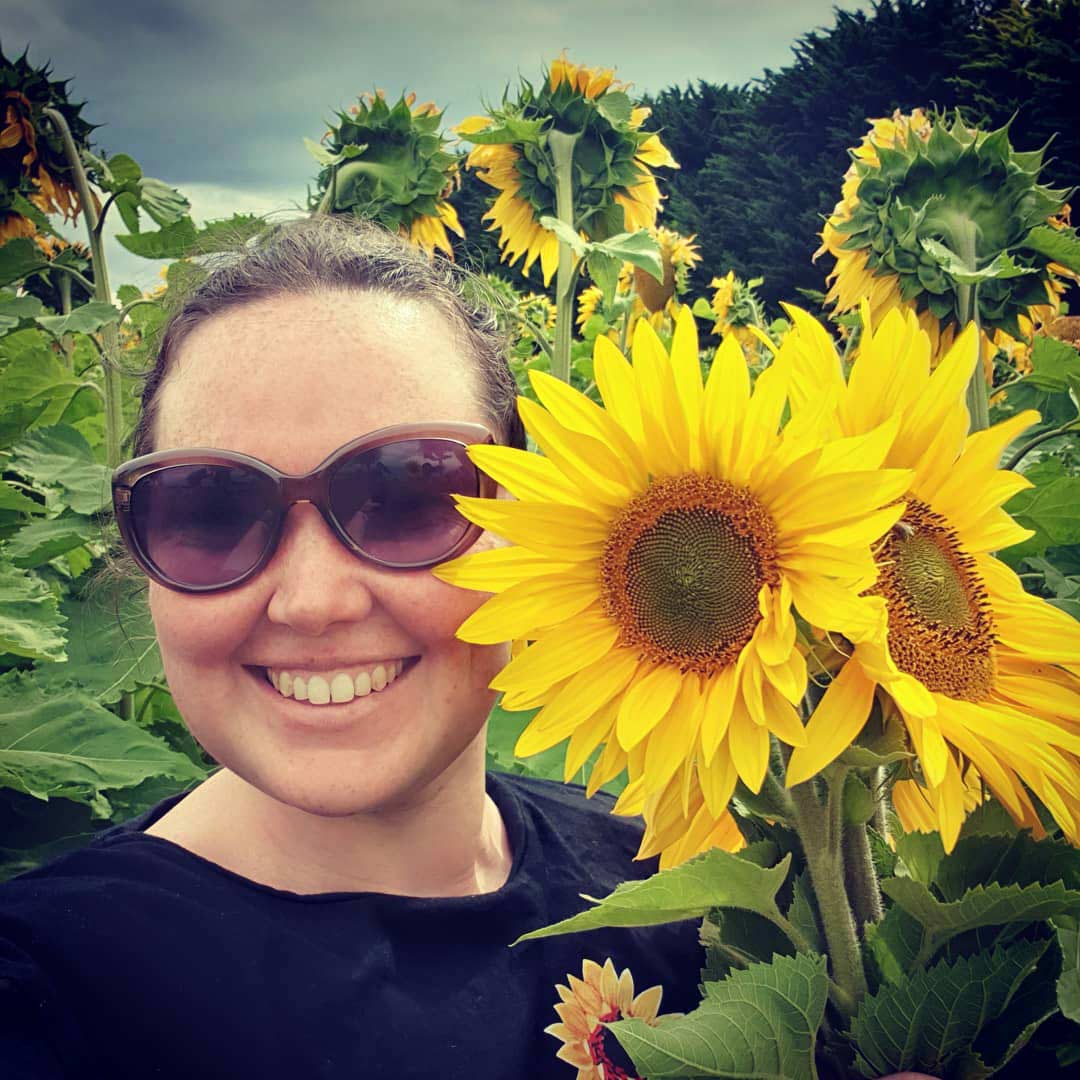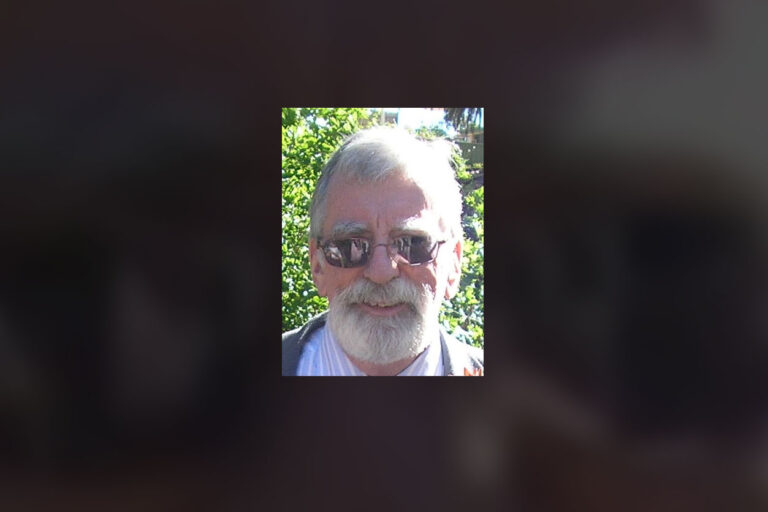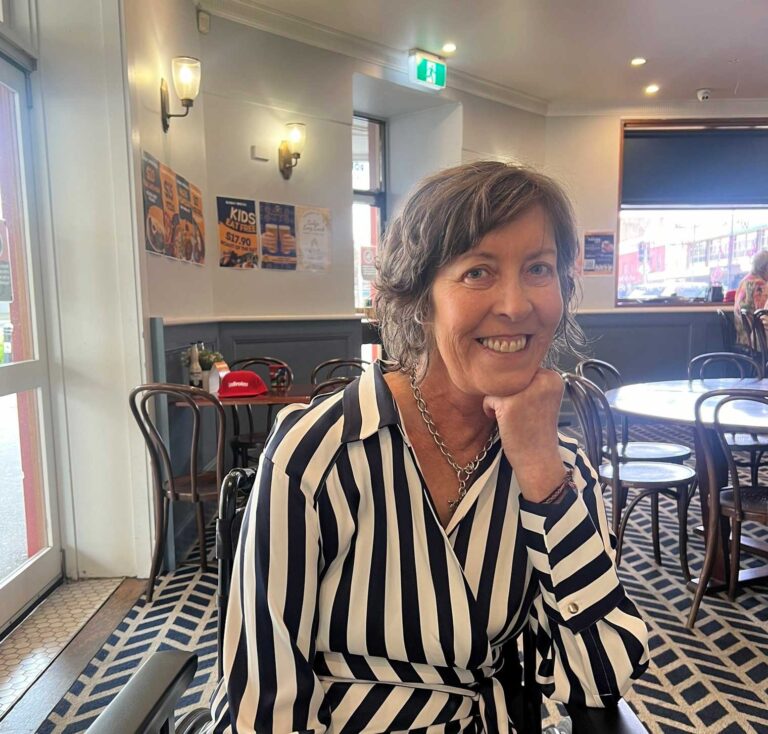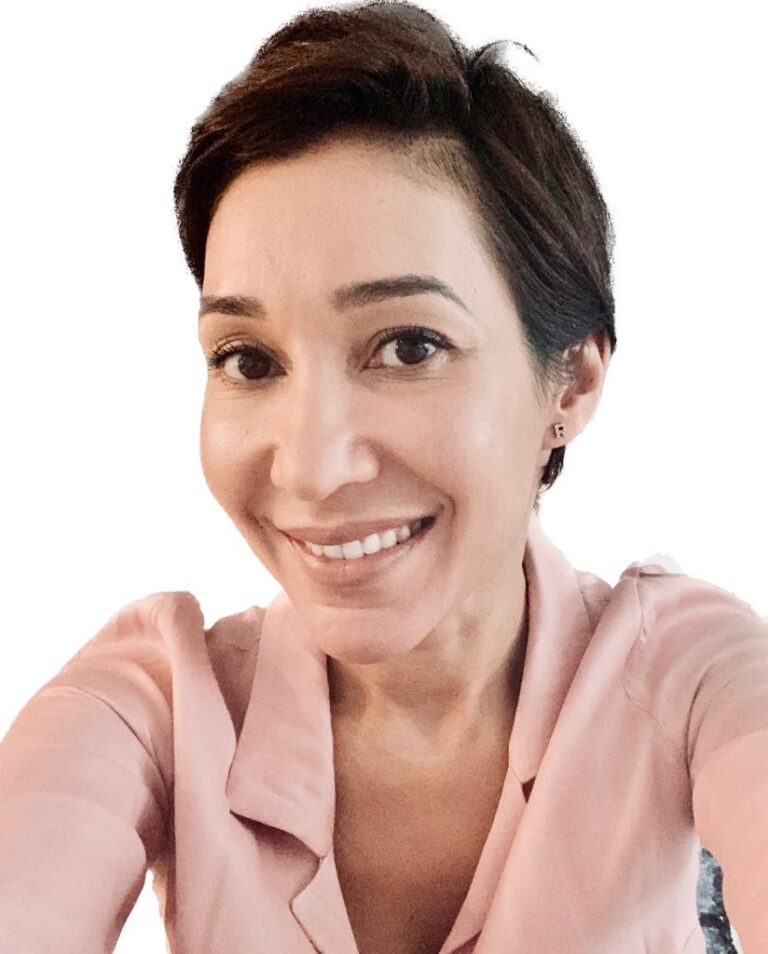Christie’s Journey – Antisynthetase Syndrome with Interstitial Lung Disease and Polymyositis
My Myositis story began around Christmas of 2019, when I was 37 years old. I was visiting my in-laws in Bega, and we were surrounded by bushfire smoke. For the first time ever I struggled to walk from the car to the shops without sitting down. I put it down to the smoke but my breathlessness got progressively worse over the next week or so. Stubbornly, I refused to go to the doctor until I wasn’t even able to walk to the toilet without taking a break. When I did see my doctor, she checked my oxygen saturation, which was deceptively high (99%) as I had already been sitting down for several minutes resting. She listened to my chest, referred me for an x-ray and prescribed antibiotics.
Ten days later, when I hadn’t seen any improvement I finally relented and went for that x-ray, which showed what looked like severe pneumonia in both lungs. The x-ray tech looked terribly concerned when he saw it and sent me straight back to the doctor, who checked my pulse ox (well below 90% this time) and sent me to hospital.
I stayed in hospital for a few days, on supplemental oxygen. The doctors kept commenting that I looked less sick than they expected however when they walked me out of the room to show me the CT, they said I quickly changed colour and my oxygen saturation dropped dangerously low (in the 70s). At the same time, I was experiencing terrible muscle pain and weakness, which I dismissed as a symptom of my pneumonia. When I got home from hospital, I improved much more slowly than expected and at my review appointment the specialist listed a number of possible diagnoses that left me absolutely petrified.
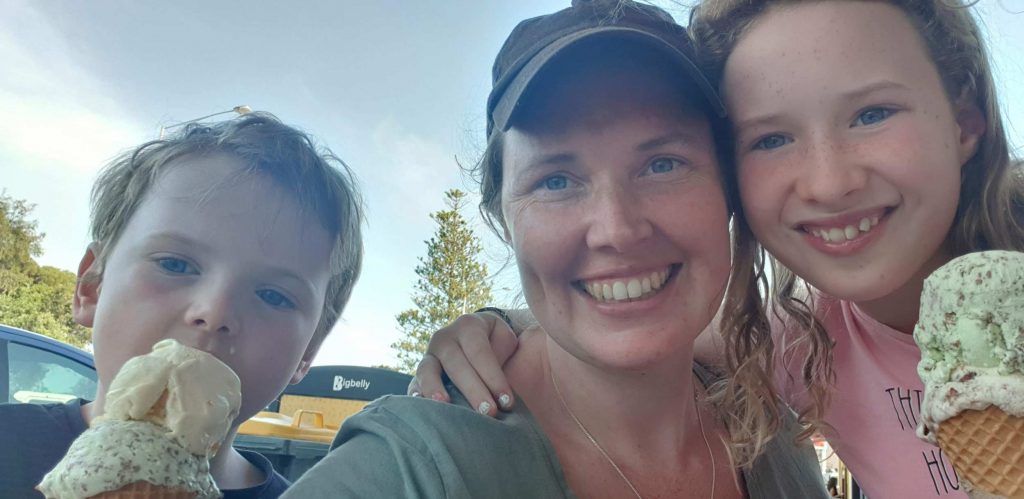
Getting A Diagnosis:
In the month after that appointment we organised follow up CTs, a bronchoscopy, a pulmonary function test. We were also bracing ourselves for covid-19, which, made for some very surreal visits to the hospital. It was around that time that we started considering an autoimmune disease.
I had Juvenile Idiopathic Arthritis as a child, and there are plenty of other autoimmune diseases in my family. I found out that my Great Grandmother died in the 1980s, shortly after being diagnosed with Polymyositis. This was of interest to my doctor, who sent me for a myositis panel (and many other blood tests) and quickly referred me to a Rheumatologist to be seen urgently. The Rheumatologist noted my very cold hands (Raynaud’s) and splinter haemorrhages in my fingernails which, he explained, are indicative of an active autoimmune process.
We waited for my blood tests to return, and a follow-up appointment with the lung specialist, this time by telehealth. She told me that my diagnosis was Antisynthetase Syndrome (ASS – the acronym still makes me laugh) with an Interstitial Lung Disease and Polymyositis as the main features. She prescribed me Mycophenolate, an immunosuppressant on top of the prednisolone I was already taking.
Early Days Of Treatment:
After my diagnosis, I experienced a roller-coaster of emotions for several months. It took a little while for the medication to make a real difference, so I was exhausted, and losing both weight and hair. Even with a supportive husband and beautiful children. I felt terribly isolated, not being able to see my friends. My illness has exacerbated the dysfunction in my relationships with some extended family members and I’ve had to make some difficult decisions in order to protect my health. At first, I felt like I was failing my children, who were home all the time due to covid-19, and regularly having to see me cry as I processed the news. I was also extremely worried about being immunocompromised and potentially exposed to Covid. Having read several studies about life expectancy in patients like me, I was terribly fearful that I wouldn’t see my children grow up.
The improvements I made in the first few months on Mycophenolate were huge! By July 2020, I was walking up hills and long distances. I was starting to feel quite optimistic and foolishly suggested that I plan and train for a 10km hike through the bush. The very next day I noticed that I had shingles, an unfortunate downside of the immunosuppression. It was a huge setback, both medically and emotionally and it took months for my mood to recover, especially as we were back in lockdown.
I’ve since had some small flares, with a bit of breathlessness and a new symptom, a dermatomyositis rash. I’ve also had Raynaud’s and other hand and skin issues that have been annoying, but not life changing. These flares tend to happen when I’m under stress. Except for a few days in 2021, when Covid was more or less under control, I haven’t worked since I got sick. I was lucky enough to have income protection insurance through my superannuation, which replaced most of my lost income. I still hope to get back to work soon though, and as a casual teacher I have some flexibility to work only when I feel well enough.
Two years later:
Now, two years after I first fell ill, I am an old hand at identifying and managing my symptoms and I know when to ask for help. I am lucky to have a great team of specialists, and a GP who makes an effort to listen to and understand me and my condition. I am also remarkably well – I’ve just spent the summer moving furniture and clearing out a relative’s house to get it ready to sell. It was a huge boost for my mental health to know that I was still strong, and that I can recover from the lows to live a relatively normal life most of the time. Last week I built a large garden bed and carted the soil to fill it. Next, I’ll fill it with flowering plants which I can enjoy with my family on the good and bad days ahead. I’m starting to find new ways to fill my days and find a great deal of joy in things I used to take for granted.
Antisynthetase Syndrome is certainly not a walk in the park. I would never have chosen this life, but I have come to accept the changes and challenges that are part of life with a chronic illness and am far more grateful for the little moments of joy, for my lovely little family, and our exceptional public health system.
